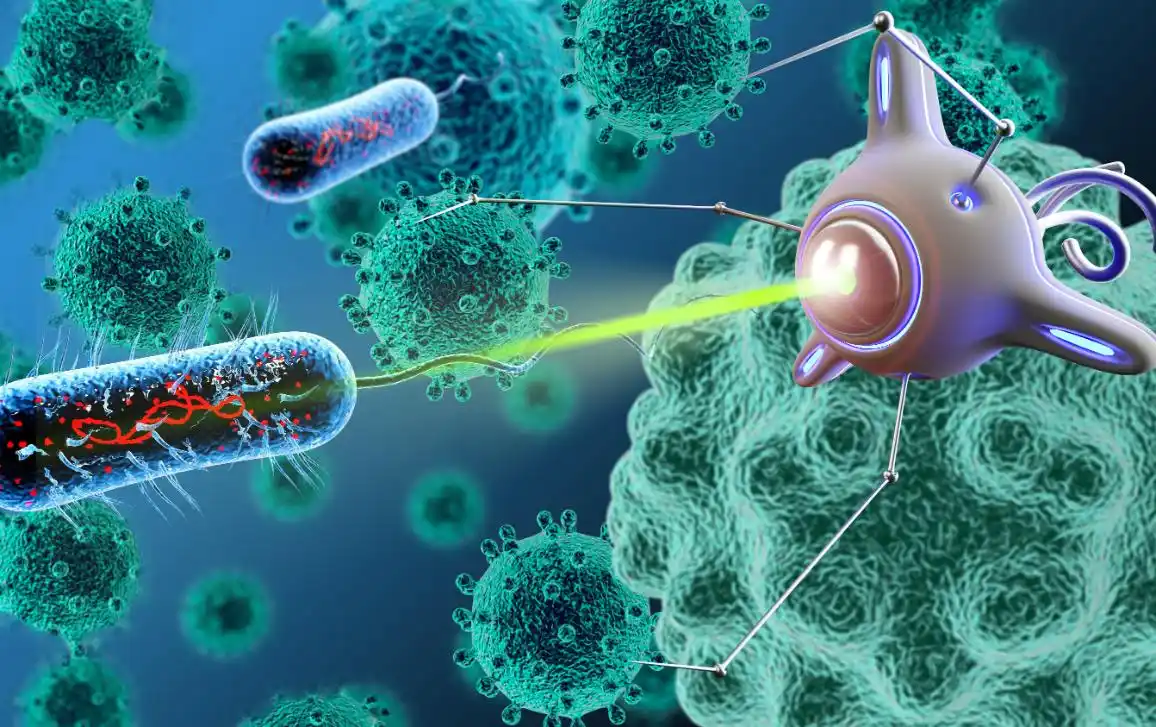افشین رشید
اُستادیار ؛ عضو هیات علمی دانشگاه آزاد اسلامی واحد علوم و تحقیقات تهران
573 یادداشت منتشر شدهElectric Nano-Robots (Biomolecular) From ۱ to ۱۰ Nanometers

Note: Since these electrical nanorobots (biomolecular) can take into account the structure and current state of the cell, they can assemble complexes, organelles or skeletal structures around existing cellular components to form integrated architectures.
Although many methods have been developed to make self-assembling electrical nanorobots (biomolecular) .A few can be designed to assemble structures whose shape depends on the identity and organization of structures already present in the environment. Electrical nanorobots (biomolecular) with DNA can be grown to connect pairs of molecular markers with different separation distances and relative orientations. Electrical nanorobots (biomolecular) with DNA structure are formed at these landmarks and grow as their free ends disperse. The electrical (biomolecular) nanorobots can then join themselves to form stable, end-to-end connections, and unconnected nanotubes can be selectively melted. Junctions between labeled pairs are separated by more than 1 to 10 nm in more than 75% of cases and can form one surface or three dimensions. This point-by-point assembly process demonstrates how the kinetics of self-assembly can be tailored to produce structures with desired properties rather than a specific shape.

Analyzer, sensor, converter and detector are the components of electric nano robots (biomolecular) system , and its feedback reaches the electric nano robots (biomolecular) from the detector. Sensitivity, specificity and ease of implementation are the main goals in the design of an electrical nanorobot (biomolecular) . Nanosensors typically work by monitoring electrical changes in the sensing material. For example, nanosensors based on carbon nanotubes work in this way. When a molecule of nitrogen dioxide (NO
2) is present, it removes an electron from the nanotube, which in turn makes the nanotube less conductive. If ammonia (NO 3) is present, it reacts with water vapor and donates an electron to the carbon nanotube, making it conductive. By treating nanotubes with different coating materials, they can be made sensitive to certain molecules and immune to others. Like chemical nanosensors, mechanical nanosensors also tend to measure electrical changes.Conclusion:
Because these electrical (biomolecular) nanorobots can take into account the structure and current state of the cell, they can assemble complexes, organelles, or skeletal structures around existing cellular components to form integrated architectures.